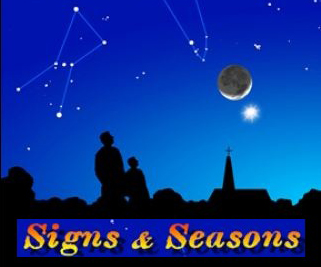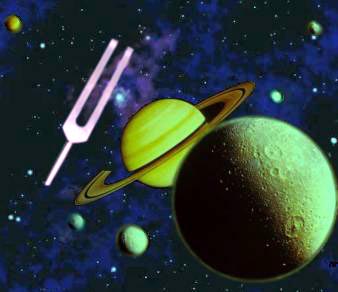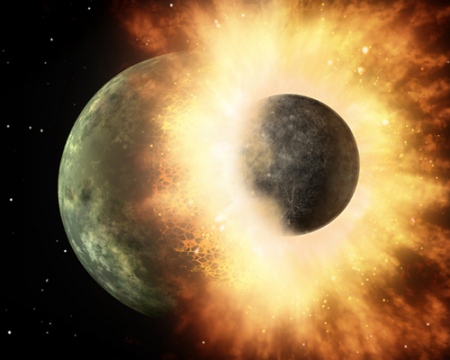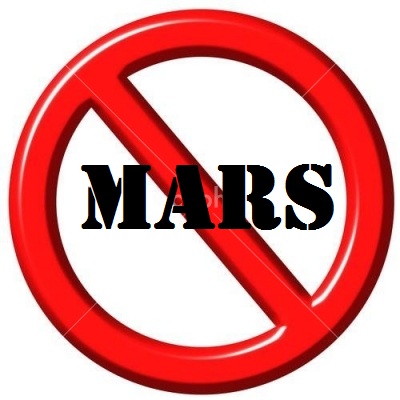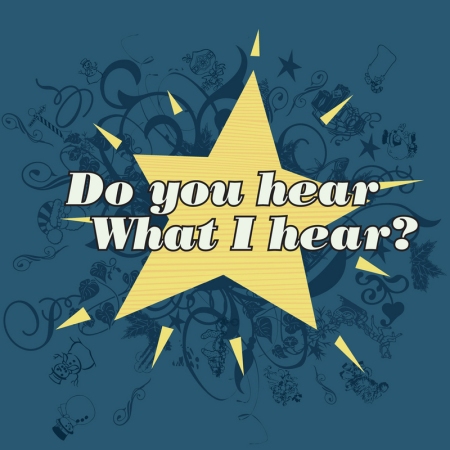
“Something is happening here/ But you don’t know what it is/ Do you, Mister Jones?”
– Bob Dylan, “Ballad of a Thin Man”, 1965.
As October heats up thanks to Saturn and Mars both changing signs and eclipse season in the offing, times seem a little more nervous than usual, like something is happening here and we’re not quite sure what it is, like Dylan’s Mr. Jones.And worse, being astrologers, we ought to! Part of it is the approaching Presidential election on November 6, when Mercury will make its station on Election Day for only the second time in history…and we know what happened the last time, in 2000. Of course, it will be the eleventh Election Day with a Mercury retro (which happens in 20-year, progressive cycles), most of which have gone without incident, so maybe it’s the station itself, changing minds in the middle of it, that’s the problem. Or maybe 2000 was just a fluke. We’ll soon find out…
Prediction methods fail…
And with the approach of the election, various astrologers are making their quadrennial attempts to psych out the candidates and figure out who will win based on the transits and progressions of their various charts. Everybody has a favorite formula: some say benefic transits are the keys that shepherd in success, while others claim that hard Saturn influences indicate the winner who is undergoing a trial by fire to eventual victory. So far, no one has found a sure-fire key, or even has a track record much better than the average TV pundit without the help of the stars.
But maybe there’s another way to look at it. Maybe it’s got little to do with the candidates themselves, and mainly to do with the bigger picture. In 2000, Pluto was sitting right on the Ascendant of the U.S. chart (Sibly version) and it was clear something dire was in the wind, though nobody was thinking World Trade Center at the time. I had predicted a couple of years before that it would mean the end of solo superpower status and a painful introduction to becoming just another competing player on the world stage, inconceivable at the time to most, but I wasn’t going out on a limb about doom and disaster. And, looking at Gore and Bush, I couldn’t read a winner based on their charts alone.
A view from above…
But I should have taken a look from further back. If the country was headed for a disaster, who was most likely to cause/allow it to happen, even to pull defeat out of the jaws of possible victory? That’s who would be the likely winner, and it was, even though it had to be on a technicality, and the 2004 re-election later just reinforced it. Of course, Pluto would have been there, and it would have happened anyway, and whoever was in office would get the credit, or rather the blame.
We’re in a similar state right now. As we slowly drag ourselves out of the Great Recession, Jupiter skiesare ahead for the next four years, and we may be singing “Happy Days Are Here Again” sooner than we imagine, despite there being a risky, dark side to Jupiter’s opportunities. Indeed, it will be a matter of whether we take advantage of it to continue to rebuild or once more just turn over quick profits and cash in, with the lucky getting out before another disaster takes the less fortunate. That might be something to think about on your way to the polls.
The controlling skies…
But whoever wins, to that victor will go the spoils of taking credit for a recovered (however temporary) economy, and that party will use it to all possible political gain, actually believing in their own superior philosophy. But the victory and its later credit (or blame), however fleeting, will actually be Jupiter’s, just as the disaster in 2000 was actually Pluto’s (though feuding politicos long tried to decide if it was Clinton or Bush that was to blame). The “elected” winner just falls into place as the appropriate person/party to implement what was already to come. The right man for the right job, and like Mr. Jones, largely ignorant of what that job is actually going to turn out to be.
The final, disturbing issue is not that whom you elect has no effect (because clearly it does), but that you necessarily elect the one who is best designed to bring on the already in-place victory or disaster, and that the populus is unwarily complicit in simply conforming to the greater power of the planets involved. They/we are like sheep that are led, ballots in hand, to greener pastures – or like lemmings, over a cliff to perish – all the time believing we are doing it ourselves, exercising our own free will and the inspired wisdom of democracy, speaking with the voice of the people and the greatest form of government on earth.
Of course, regardless, you can always say later, “Hey, I didn’t vote for that guy!!!”
Now, with that, get out there and make your vote count, if you can…!! 😉
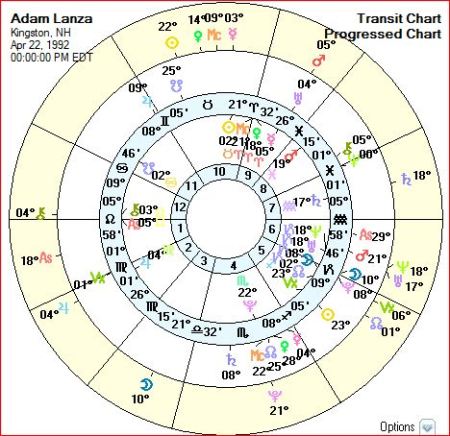



 Posted by matrixtownley
Posted by matrixtownley 

